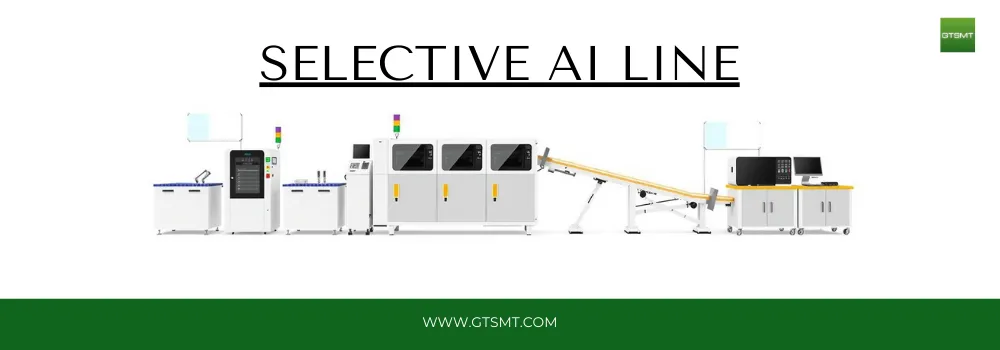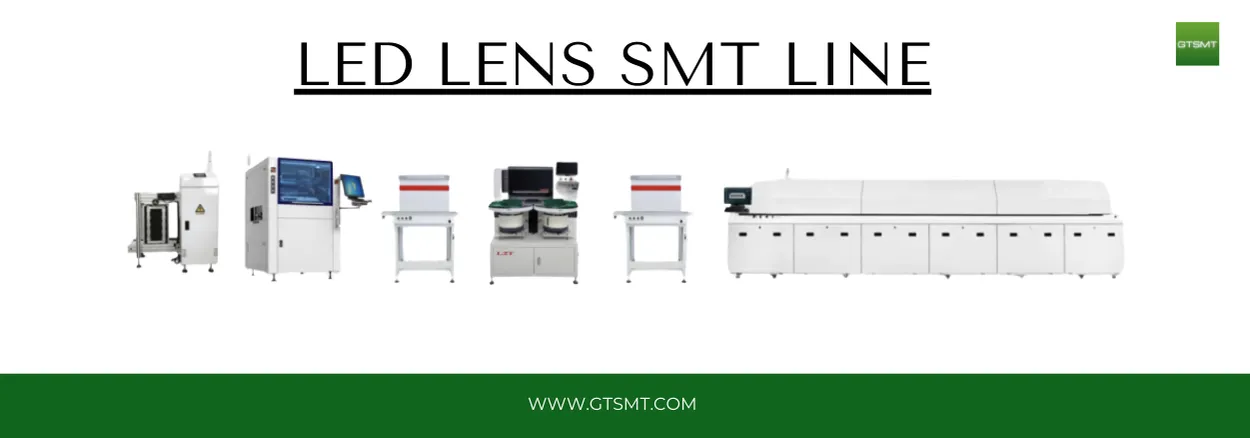Juki vs Yamaha smt machine comparison 2025
Juki vs Yamaha Pick and Place Machine Comparison

Juki vs Yamaha pick and place machines for SMT (Surface Mount Technology) production, here’s a breakdown of the key differences, strengths, and use-case suitability:
1. Precision & Speed
- Yamaha: Known for high placement accuracy and fast mounting speed. Models like YSM20R or YRM20 are optimized for both high-speed and flexible production.
- Juki: Also fast and accurate, especially in high-mix, low-to-medium volume production. Models like RS-1R offer intelligent feeder systems and high-speed placement, though not as fast as Yamaha’s top-end models.
Verdict: Yamaha has a slight edge in top-tier speed and accuracy.
2. Flexibility
- Yamaha: Highly versatile with a wide component range (01005 to odd-shaped connectors), but more suited for structured, high-speed lines.
- Juki: Extremely flexible and user-friendly; supports quick changeovers, ideal for OEMs and EMS companies with high-mix production.
Verdict: Juki is more flexible for high-mix, low-volume jobs.
3. Software & Interface Juki vs Yamaha
- Yamaha: More advanced software tools, but the interface may be slightly more complex. Better integration with Yamaha’s full SMT line (printer, SPI, AOI, etc.).
- Juki: Very user-friendly software, easy programming, and smart placement features. Ideal for less-experienced operators or dynamic environments.
Verdict: Juki is easier to learn; Yamaha is more advanced for integrated lines.
4. Reliability & Maintenance Juki vs Yamaha
- Both brands are known for reliability and long life, with good global support networks.
- Juki has a reputation for simpler maintenance and lower operational costs.
- Yamaha offers high-quality Japanese engineering with slightly more complex systems.
Verdict: Juki may be easier and cheaper to maintain.
5. Cost
- Yamaha: Slightly more expensive, especially high-end models.
- Juki: Better value for mid-range budgets.
Verdict: Juki wins in cost-effectiveness for most mid-volume setups.
Best For:
- Yamaha: High-volume production lines, especially where speed and precision are crucial.
- Juki: High-mix, low-to-mid volume lines, or companies needing easy setup and reconfiguration.
Summary of Juki vs Yamaha
Yamaha’s flagship YSM20R (and dual-lane YRM20DL) excels in top-end throughput (up to 120,000 CPH), ultra-tight accuracy (±0.025–0.035 mm), and broad component range (0201 mm to 55×100 mm), making it ideal for high-volume, high-precision lines. Juki’s RS-1R (and RS-1) offers up to 47,000 CPH, ±0.035 mm accuracy, dynamic-height heads, and 112 feeder slots, favoring high-mix, mid-volume production with easier changeovers and lower entry cost.
1. Placement Speed & Accuracy
- Yamaha YSM20R:
- 95,000 CPH (components/hour) under optimal conditions )
- Accuracy ±0.035 mm (±0.025 mm Cpk ≥1.0)
- Yamaha YRM20DL (dual-lane): Up to 120,000 CPH with two conveyors
- Juki RS-1R: Class-leading 47,000 CPH peak speed
- ±0.035 mm placement accuracy (Cpk ≥1.0)
- Juki RS-1: 42,000 CPH optimum speed
- Accuracy similar to RS-1R, ±0.035 mm
2. Component Range & Flexibility
- Yamaha:
Supports 0201 mm chips up to 55×100 mm parts - An optional multi-camera for tall or odd-shaped components
- Juki:
Automatic dynamic-height 8-nozzle head adjusts for 1–25 mm tall parts
Feeder capacity up to 112 slots for quick changeovers
3. Software, Operation & Maintenance
4. Throughput Configuration
| Feature | Yamaha YSM20R/YRM20DL | Juki RS-1R/RS-1 |
| Conveyor lanes | Single/Dual | Single |
| Heads | 2 × High-speed multi | 1 × 8-nozzle dynamic |
| Maximum feeders | 128 (with FES carts) | 112 |
| High-mix changeover | Moderate | Very fast |
5. Cost & Return on Investment
- Yamaha YSM20R:
List price around $ 45,000–65,000 (used/new depending on specs) - Juki RS-1R:
Current price approx $ 55,000 (GTSMT listing) - Operational Costs:
Juki’s simpler maintenance often leads to slightly lower lifetime costs
Yamaha’s advanced automation can deliver higher yield on very high volumes
Which Is Right for You?
- Choose Yamaha if you need maximum throughput, highest precision, and tight integration with an existing Yamaha SMT line.
- Choose Juki if you run frequent product changeovers, mid-volume/high-mix jobs, or seek a lower initial investment and easier maintenance

 Pick and Place
Pick and Place
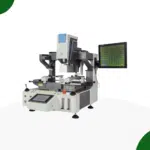 Rework Station
Rework Station
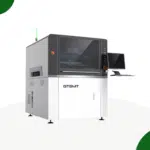 Solder Paste Printers
Solder Paste Printers
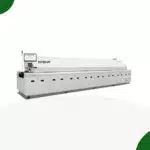 Reflow Ovens
Reflow Ovens
 Reel Storage System
Reel Storage System
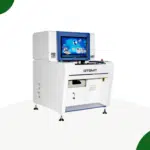 AOI & SPI INSPECTION
AOI & SPI INSPECTION
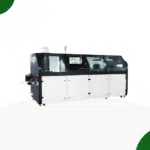 Soldering Machines
Soldering Machines
 Insertion Machine
Insertion Machine
 X-ray inspection
X-ray inspection
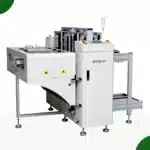 PCB Handeling
PCB Handeling
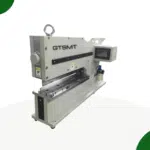 Depaneling Machine
Depaneling Machine

